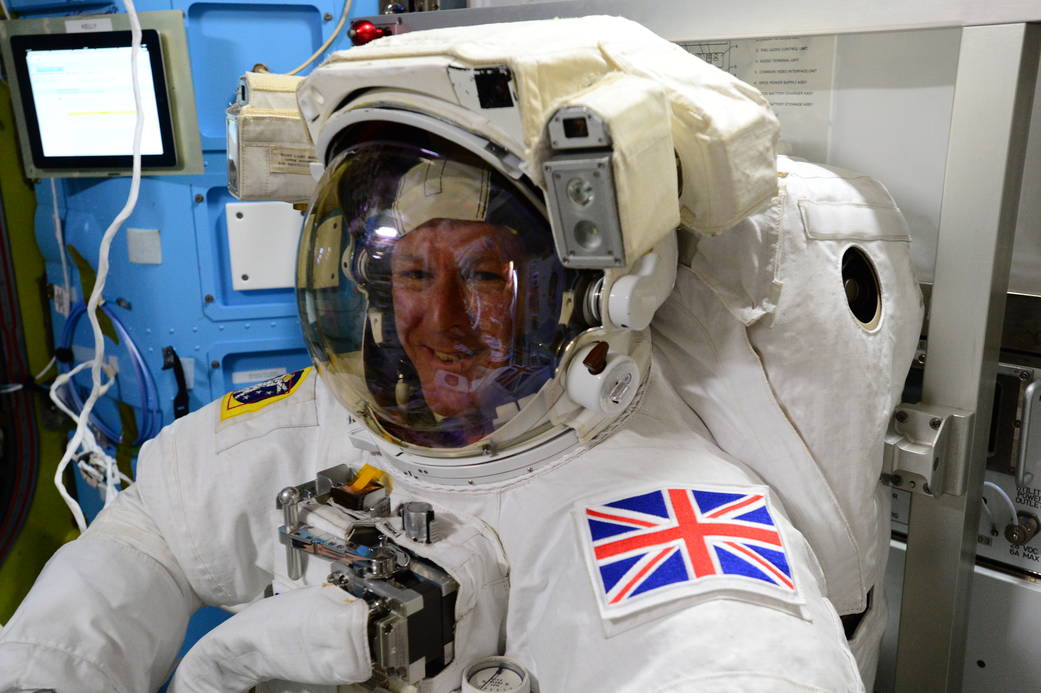オリジナル記事:Inspecting the Space Station’s Expandable Habitat
NASA astronaut Kate Rubins inspected the Bigelow Aerospace Expandable Activity Module (BEAM) attached to the International Space Station on Sept. 5, 2016. Expandable habitats are designed to take up less room on a spacecraft while providing greater volume for living and working in space once expanded. It was the first checkup of BEAM since the initial inspection of the space station’s expanded node after it was deployed May 28. Rubins collected radiation monitors and sampled surfaces inside BEAM to assess the microbe environment. Her inspection revealed the module appeared in good condition, and the samples and radiation detectors were packed for return to Earth for analysis. On Sept. 29, Rubins opened up and entered the Bigelow Expandable Activity Module again, and temporarily installed gear for a test to measure the loads and vibrations the module experiences. For the next two years, crew members will inspect the module every three months to check for stability.
Image Credit: NASA
Last Updated: Oct. 13, 2016
Editor: Sarah Loff
宇宙ステーションの拡張居住空間を検査
NASAの宇宙飛行士ケイト・ルビンズは、2016年9月5日に国際宇宙ステーションに取り付けたBEAM(ビゲロー拡張活動モジュール)を検査しています。BEAMは宇宙船に格納している間は少ない空間で済みますが、一度拡げると大きな居住空間を得ることができるように設計されています。今回の検査は5月28日に宇宙ステーションに取り付けられてから最初の検査になります。ルビンズは放射線モニターを使い、BEAM内側の表面の微生物の環境を評価します。彼女の検査でBEAM内環境が良好なものか明らかになり、サンプルと放射線検出結果は分析のために地球に戻るまで保存されています。 9月29日にルビンズは再びBEAMの扉を開けて中に入り、BEAM内滞在時の負荷や振動を測定する機器を一時的に設置しました。次の2年間は宇宙ステーション搭乗員が状態を確認するために3ヶ月毎に検査します。
訳者注
この記事でケイトが検査しているBEAMについては、組み上げている動画などこちらの記事にあります。











